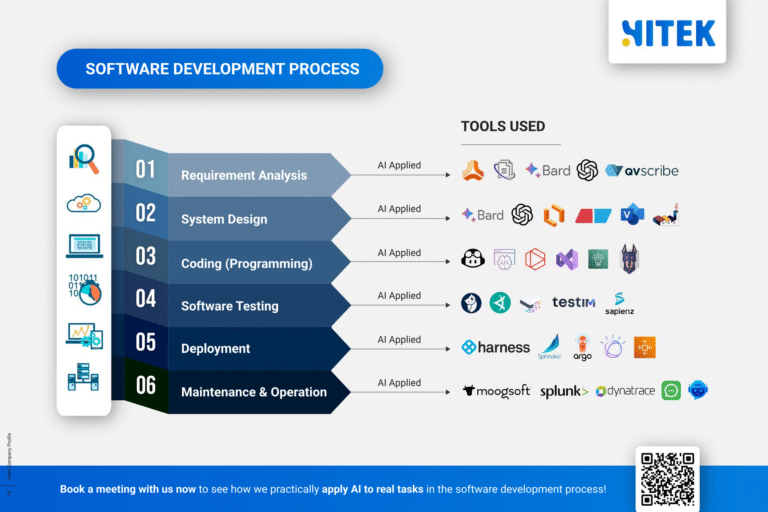In software development, innovation thrives when creativity meets control. But how do developers test bold new ideas without breaking existing systems? Enter the sandbox environment—a safe, isolated space where code can be experimented with, tested, and refined without real-world consequences.
For Australian tech teams, startups, and enterprises alike, sandbox environments are essential for reducing risks, accelerating development, and ensuring stability before deployment. Whether you’re building the next fintech disruptor or refining an enterprise SaaS platform, understanding sandboxes can make or break your development process.
Contents
ToggleWhy Sandbox Environments Matter in Software Development
A sandbox environment is a controlled testing space that mimics real-world conditions without affecting live systems. Think of it as a digital playground where developers can push boundaries, test new features, and identify bugs before they reach users.
Key Benefits of Using a Sandbox
- Risk-Free Testing: Experiment without crashing production servers or corrupting live data.
- Faster Development Cycles: Test new features in parallel without disrupting ongoing workflows.
- Enhanced Security: Isolate vulnerabilities before they become actual threats.
- Regulatory Compliance is crucial for industries like fintech and health tech, where strict data laws (such as Australia’s Privacy Act) apply.
How Sandbox Environments Work
A sandbox operates separately from your central infrastructure, often replicating the same hardware, software, and network configurations. Developers can:
- Simulate user interactions to test functionality.
- Run stress tests to check system performance under heavy loads.
- Debug safely without exposing sensitive data.
For example, companies like Atlassian and Canva rely on sandbox environments to refine their tools before updating millions of users.
Types of Sandbox Environments
| Type | Best For | Example Use Case |
|---|---|---|
| Development Sandbox | Early-stage coding & unit testing | Building a new API feature |
| Testing Sandbox | QA, bug detection, user acceptance | Checking app performance before launch |
| Staging Sandbox | Final pre-production review | Ensuring compatibility with live systems |
| Security Sandbox | Malware analysis, penetration testing | Identifying vulnerabilities in banking apps |
Sandbox Environments in Australia’s Tech Scene
Australia’s growing tech sector—ranked among the top 20 global startup ecosystems—demands agile development practices. Companies like Afterpay and Airwallex use sandboxes to:
- Test payment processing systems without financial risks.
- Comply with APRA and ASIC regulations before public release.
- Experiment with AI and blockchain in a controlled setting.
The Australian Securities and Investments Commission (ASIC) even offers a regulatory sandbox for fintech startups to trial innovations under relaxed rules.
Setting Up Your Own Sandbox Environment
Want to integrate a sandbox into your workflow? Here’s how:
- Choose the Right Type – Will you need a development, testing, or security sandbox?
- Isolate the Environment – Use Docker containers or virtual machines to keep it separate.
- Replicate Real Conditions – Mirror your production setup for accurate testing.
- Automate Testing – Tools like Jenkins or Selenium streamline the process.
- Monitor & Analyze – Track performance metrics to catch issues early.
Final Thoughts: Is a Sandbox Right for You?
If you’re developing software in Australia—whether for a startup, enterprise, or government project—a sandbox environment isn’t just helpful; it’s often necessary. It reduces downtime, prevents costly errors, and keeps your team agile in a competitive market.
Ready to build your sandbox? To get started quickly, start with cloud platforms like AWS Sandbox or Azure DevTest Labs.
Got Questions?
Have you used a sandbox before? What challenges did you face? Share your thoughts—we’d love to hear how sandboxing has shaped your development process.









